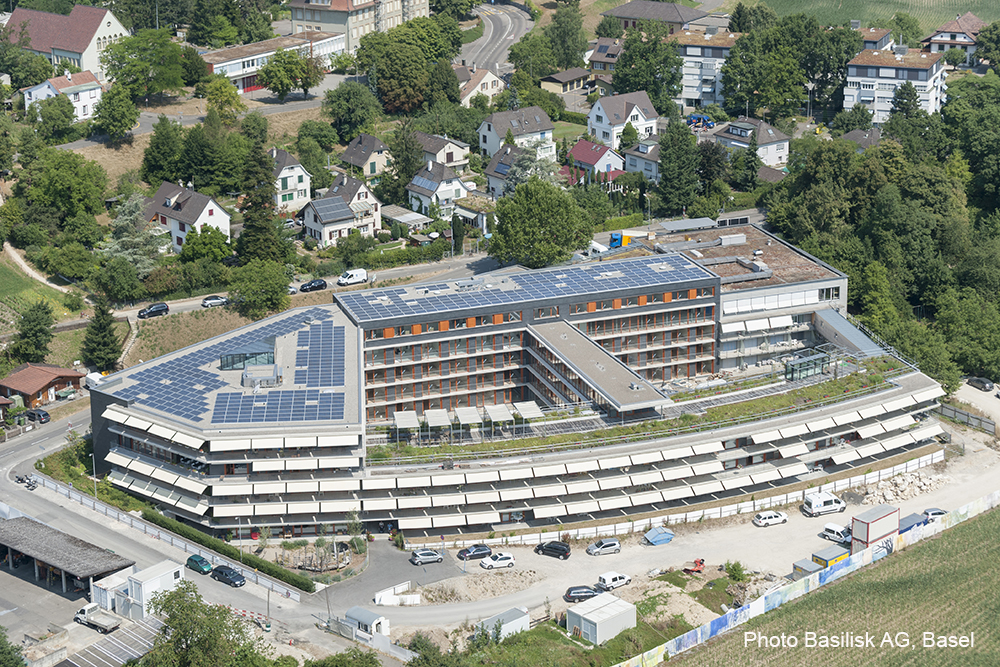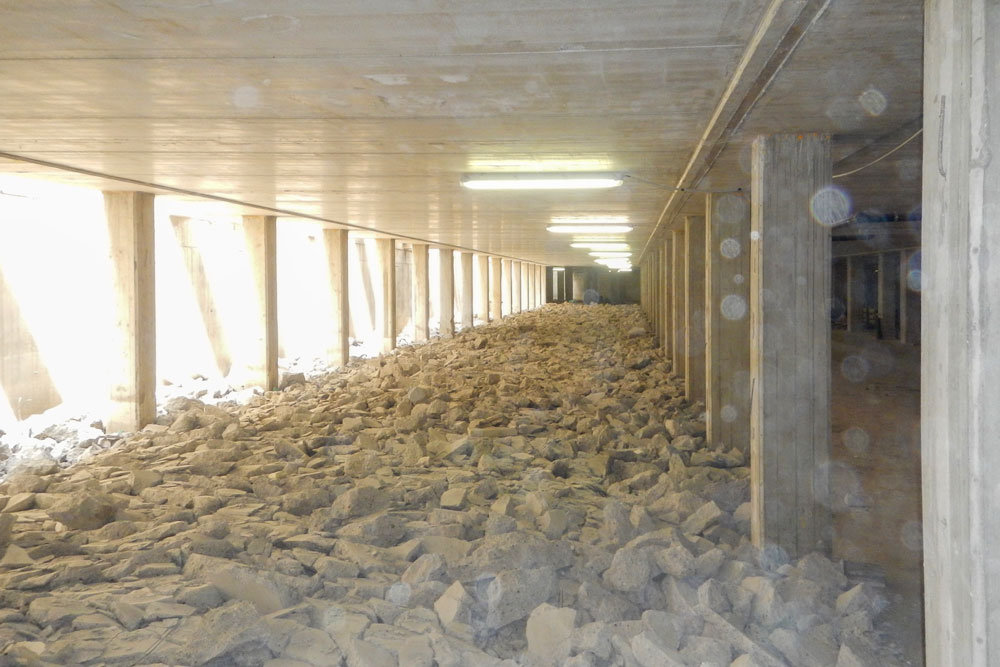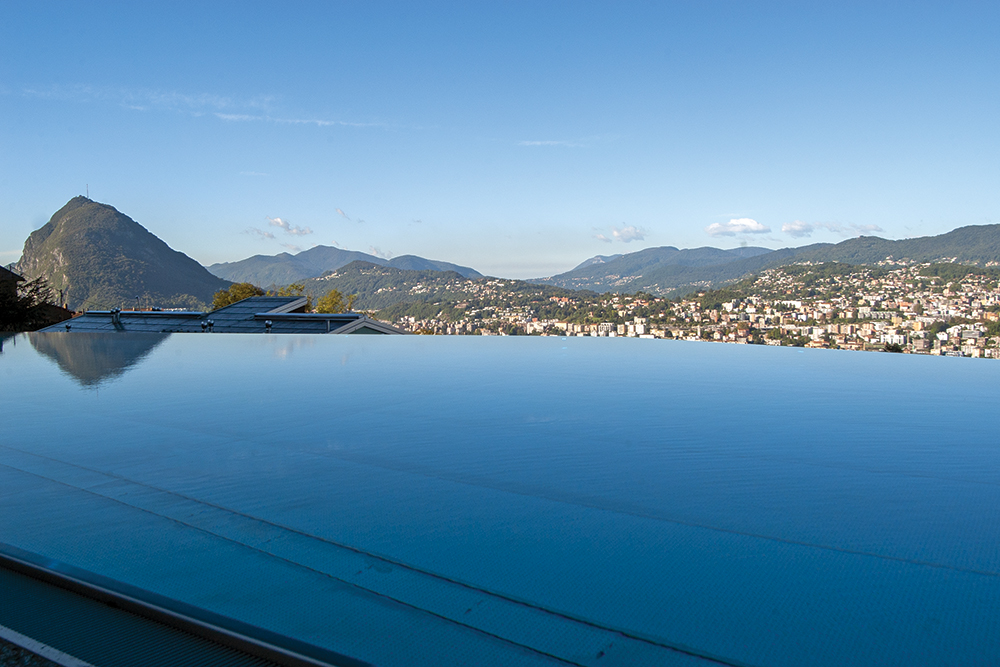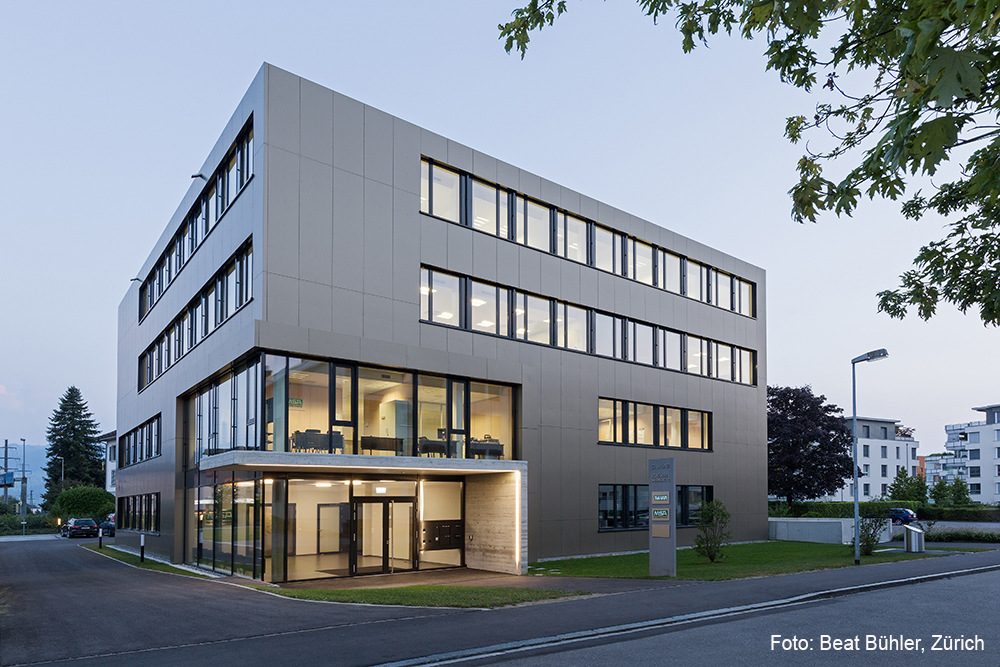Drytech Tank waterproofing has perfectly matched the sinuous lines of the Enzo Ferrari Museum in Modena, Italy.
The Museum is an engaging hymn to the myth of the car and the manifesto of the architecture of Jan Kaplicky: the Czech architect founder of Future System in London.
The Mef can count on an area of 6’000 m², of which 4’400 are intended for exhibitions. The Museum is a car hood that emerges powerful from the ground. In Kaplicky’s style, the height is contained to establish a harmonious relationship with Ferrari’s birthplace, without however attenuating the evocative force of the new structure.
The exhibition spaces were developed in the basement, creating a waterproof structure of 5’850 m² with the Drytech Tank System.
Access to the museum is through an imposing curved glass wall, whose inclined plane is bisected by a series of fins that resemble the radiator of a custom-built car.
The exhibition spaces are accessed from the hall through two inclined platforms, going down to a depth of 5 meters
“Spaces defined by eight edges are not necessary, they are not mandatory”. One of Kaplicky’s famous phrases expresses well the spirit of the project, to whose sinuous lines the flexibility of the Drytech tank has been perfectly adapted.
The design phase saw an intense collaboration with Drytech Engineering to define the waterproofing solutions for the unprecedented construction details proposed by the particular shape of the basement.
Project: Future System, Londra
Structure: Politecnica, Modena
Works Management: Ingegner Coppi, Modena
Construction: CCC, Bologna – Ing. Ferrari, Modena, CSM, Modena
Drytech Tank: 5’850 m²









